
There’s never been a better time to run a marketing agency. As the attention economy grows, AI accelerates product development, and the market becomes increasingly competitive, companies and brands will look towards agency partners that can help them get attention and grow their customer base.
This is where your marketing agency comes to play — to help brands reach their target audience.
And knowing how to get clients for your marketing agency is a skill that you will have to develop because it’s how you’ll capitalize on this huge opportunity ahead.
The expansion of marketing channels to include social media, VR, influencer marketing, and the Internet of Things, has created fantastic opportunities for marketing agencies and consultancies.
All this innovation and choice makes building more reliable client rosters essential. Sometimes it’s not about the number of users or the revenue each produces, but the longevity and loyalty of your clients.
In this article, we’ll look at 10 ways you can create a predictable lead-generation strategy to identify, impress, and attract clients. But first, let’s consider some of the preparatory work you’ll have to do.
What you need to do first: Defining your Ideal Client Profile (ICP)

Just as B2C brands need to define a buyer persona for the individuals they target, B2B agencies and marketing freelancers need to consider their Ideal Client Profile (ICP) to narrow down the companies they’ll work with. Given the potential reach a digital marketing agency can achieve, there are fantastic opportunities to niche down, rather than trying to be all things to all people.
Are you focusing on SaaS startups? On ecommerce brands? On non-profits? Is there a particular sector you can focus on, such as healthcare or beauty brands? Becoming one of the top agencies for a specific type of client will give you an edge over your competitors.
But besides just your target audience, you also need to think about the services you will provide. Are you going to help brands run their paid advertising campaigns? Will you help them with their SEO and content marketing? Are you going to launch email and lifecycle marketing campaigns?
Knowing the type of service you will provide, and who you will provide them to, will help you demonstrate an empathic understanding of what your potential clients are trying to achieve.
Begin by defining your ICP and your strategy will follow consistently and naturally from there.
6 variables to determine your ICP
At least half a dozen factors contribute towards your Ideal Client Profile.
By answering the following six questions, you’ll gain a much stronger understanding of who you should be targeting and prioritizing.
- Industry / Sector: What will your clients sell, and to whom?
- Culture: What are your clients' core assumptions and beliefs?
- Location: Are you targeting clients within a specified locality/country/language?
- Size and Age: Are you looking for start-ups, enterprise-level companies, or something in between?
- Revenue: What kind of turnover should your clients achieve? This is an important question when setting fees and marketing budgets.
- Priorities: Strategically speaking, what are your clients trying to maximize? Revenue? Awareness? Market penetration?
Of course, this list is not exclusive, and it’s quite possible to have several different ICPs, which may or may not overlap.
How a clearly defined ICP guides client acquisition strategies
Once you have defined your ICP, you can then devise strategies to prospect leads and approach them for collaboration. You’ll be able to ask the following questions:
- What individuals should I be talking to at the company? (Here’s where a version of buyer persona comes in).
- How can we demonstrate an understanding of the opportunities and threats within the target client’s sector/industry?
- What marketing channels would prove most effective (and cost-effective)?
- Who are their chief rivals? What are they doing right/wrong?
- What objections could their buyers have in choosing us? How can we counter those objections?
Bear in mind that none of these questions can be answered meaningfully until you have defined your ICP.
How to get clients for your marketing agency in 2024
Now let’s turn to some practical steps you can take towards attracting prospective customers. We’ve listed ten of the best below, although the list is not intended to be exhaustive.
Here are 10 ways to get clients for your marketing agency:
- Start a blog
- Create content on LinkedIn
- Start a YouTube channel
- Start a newsletter
- Run Google PPC ads
- Do cold email outreach
- Create case studies
- Sponsor newsletters in your industry
- Productize your services
- Ask for referrals
Okay, let's dive deeper into each one.
1. Start a blog
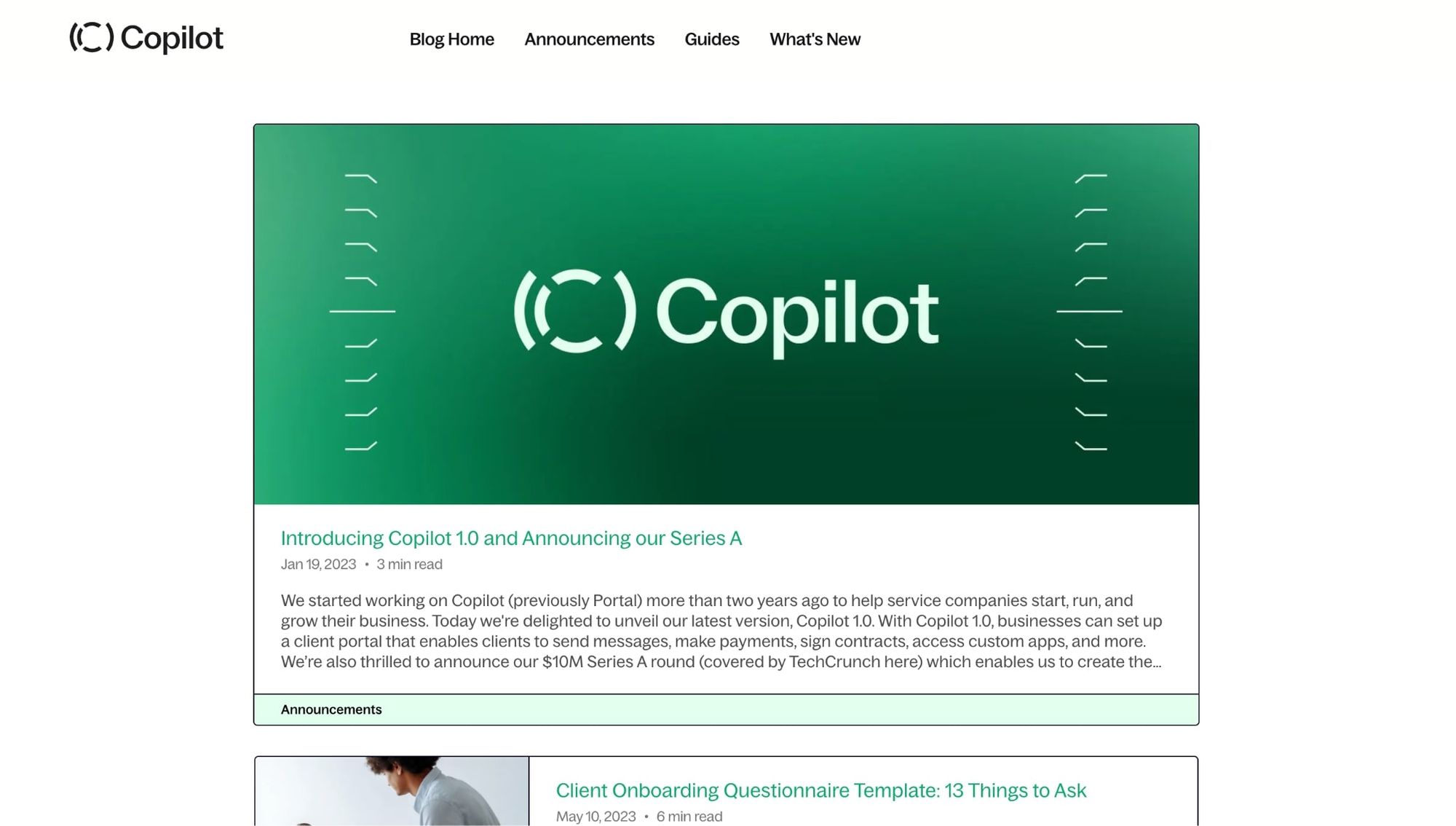
Surely blogs are out of date or irrelevant? Not so.
A recent Semrush survey found that 86% of marketers use blog content in their strategy, and according to marketing consultant D. John Carlson, 77% of internet users read some form of a blog as part of their online consumption.
When they are well-written and informative, blogs accomplish two important things:
- They demonstrate thought leadership. A good blog, updated regularly, allows you to show how much you know about your client’s industries and priorities, without explicitly asserting your knowledge. They maximize SEO and drive traffic. Incorporating keyword strings that sync with the common questions your clients have, will help you break through the clutter. What are your ideal clients actively searching for? Get SEO right and you’ll pop up on the all-important page one of search engine listings.
2. Create helpful content on LinkedIn
LinkedIn is a great way to organically reach a B2B audience through content. This could be in the form of short posts, carousel images, or video content.
The latter can be repurposed for different media channels, ranging from Instagram reels to TikTok videos. You can’t count on virality on LinkedIn, but you can give yourself the best chance of success by composing helpful, insightful articles your clients will love.
For B2B clients, LinkedIn is the place to be, and you’ll soon find that impressed potential clients reach out with questions, feedback, or inquiries. The key here is to be consistent in your posting schedule and create valuable content about what you know the most about marketing.
For example, if you run an SEO agency, you give free value by posting SEO tips for business owners. This will help you get people to like and share your content — ultimately helping you reach more people through the LinkedIn algorithm, and help you build trust with your target audience.
3. Start a YouTube channel
Another great way to reach potential clients organically, while also showing your expertise, is to start a YouTube channel. You can then embed some of these YouTube clips in your blog content, which helps maximize SEO and rank your page higher in Google searches.
When designing content, simply ask what the issues are that your clients are wrestling with, then do your best to offer solutions (while leaving them wanting more, of course).
Both short-form and long-form video content perform well on YouTube. But the proven video topics that usually work include product explainers, how-to videos, reactions, and thought leader interviews. But it’s important to note that YouTube as a marketing strategy should be used for education. By providing free education to your audience, and not sounding sales-y, you’ll build trust with potential clients. Avoid making your video content too sales-y, and remember that YouTube is primarily an entertainment site.
4. Start a newsletter
A newsletter is another great way to reach people through written content, but it has one major advantage: readers have actively signed up for it. This means two things. Firstly, you have (at least) their email address. Secondly, they have proactively engaged with your content, and therefore are self-qualified leads.
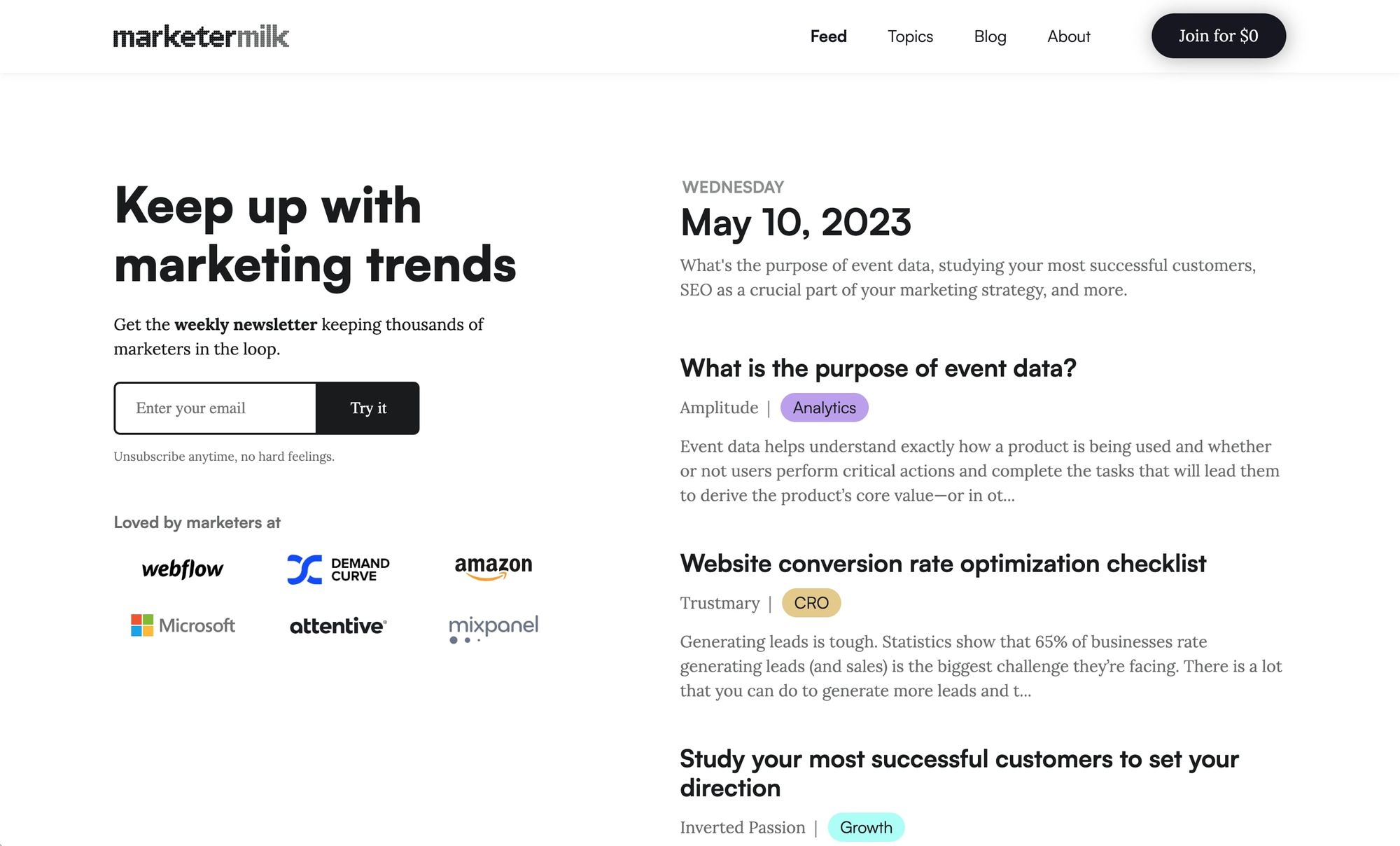
Most newsletter platforms make it relatively easy to integrate a pop-up on your site to capture emails from website visitors. According to research by HubSpot, 81% of B2B marketers report that newsletters are still their most used type of content.
Your newsletter needs a thematic focus — be it educational, about news in your industry, or just for pure entertainment. A combination of all three can help you build a strong brand and nurture leads that may become paying agency clients in the future.
5. Run Google PPC ads
Pay-per-click (PPC) Google ads are a great way of getting specific about how you target your advertising. By researching what terms your ICPs are Googling, you can bid on ad placements for those same terms. This means your ads will be positioned within the search results of potential clients who are proactively looking for the services you provide.
For example, let’s say you provide social media services to real estate agents. You might bid for keywords like "real estate social media marketing" or “social media realty advertising,” to create a synchronicity between your campaign and what your ICP is actively looking for.
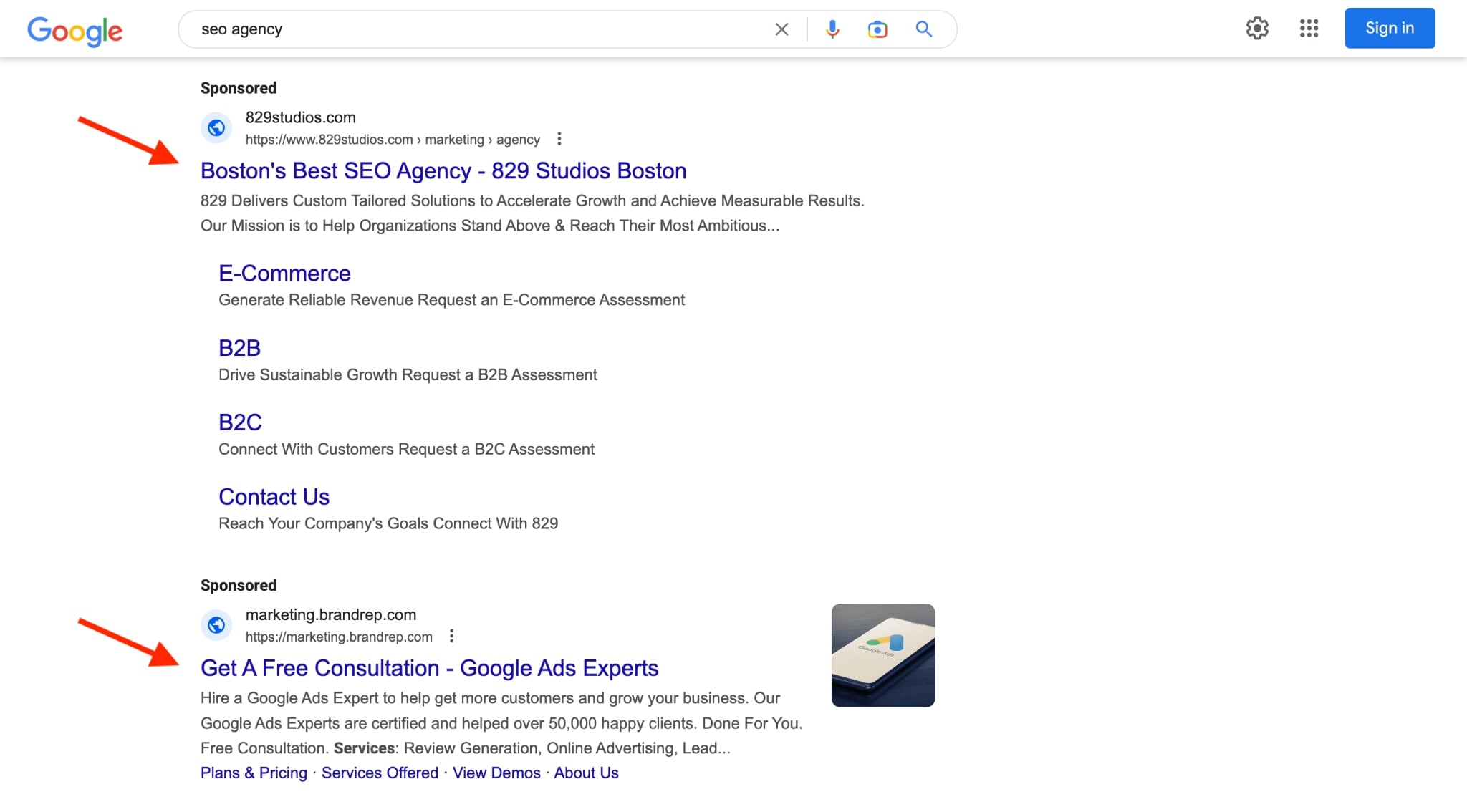
If you have the capital to invest, this strategy is great because people searching for agency-related keywords in Google are already in the mindset of looking for an agency. If you can catch their attention that this late buying stage, it can potentially make for great conversion rates.
6. Do cold email outreach
Despite predictions of its demise, email marketing is still very much a prevalent method of prospecting. The medium of email allows for two things above all: creativity and automation. You have the freedom to craft the perfect drip campaign and automate the process of delivering those messages at the optimum time.
However, a word of caution — send too many generic emails and you might push away the very clients you’re hoping to attract. If you’ve correctly identified your target audience and shaped messages that address their needs and interests, this is avoidable, however.
The key is to personalize your messages as much as you can. Tell a potential prospect exactly what they can do to improve their marketing. Maybe even offer free tips tailored specifically for them and ask if you can hop on a call to go over them. This is how I personally landed some of my largest clients to date.
7. Create case studies
Once you have some satisfied customers, get their permission to turn their success story into a case study demonstrating your approach and expertise. Keep these case studies punchy and include metrics where possible to prove your outcomes. Structure your case studies to include an overview of the client’s challenges, your solution, and the outcome.
If your clients don’t want their relationship with you in public, you can keep these case studies anonymous by referring to “a major high street retailer” or “a financial services start-up.” Don’t be tempted to make them up, however, since you might be asked for a client contact for a testimonial.
Combined with other strategies on this list, case studies can often prove the clincher that turns interested parties into clients.
8. Sponsor newsletters
As well as creating your own newsletter content, you can offer to sponsor newsletters your clients might already be consuming.
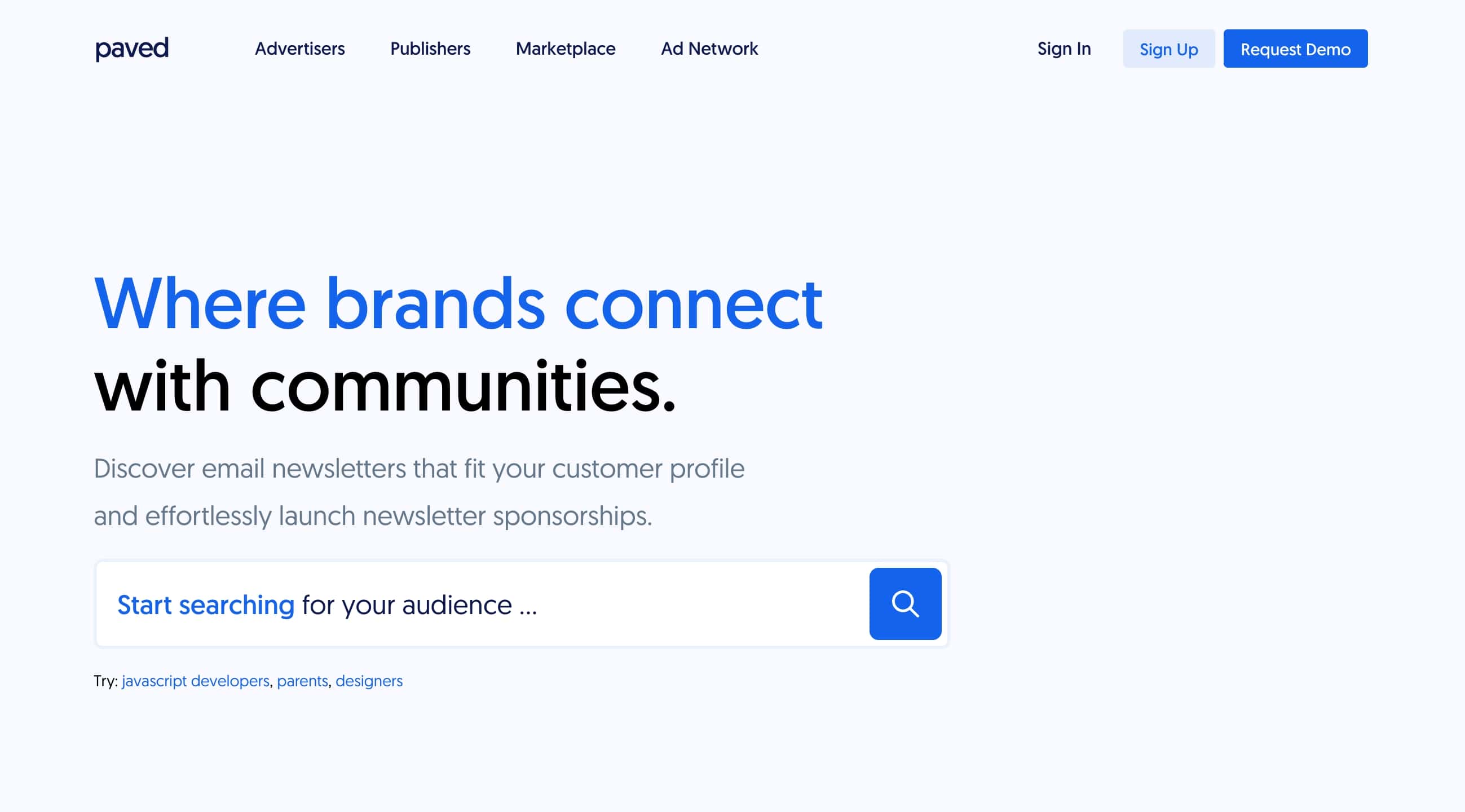
Sponsor newsletters that your target audience might be consuming. You can use platforms like Paved.com to do this. This might mean contributing to the newsletter’s costs in return for a positioned ad or providing guest content.
These sponsorships are usually well-integrated, so they seem less commercially driven than other forms of ad placement. Plus, they often go out to very large and highly targeted groups of subscribers you might not otherwise easily access.
9. Productize your services
A relatively recent innovation is the move towards the productization of services. This means that you package an aspect of your service delivery, such as social media posting, or content writing, then sell that as a finite product.
The major advantage of this approach is that it protects you against “scope creep” — it allows you to specify exactly what you will and won’t provide. It also lets you offer limited services suitable to startups that may have finite marketing resources.
You can then list your agency’s site on listings such as ProductHunt, effectively turning a service business into a product one.

Copilot enables you to adopt this increasingly popular strategy. Productize your services to make it easy for clients to purchase from you, while increasing the number of clients you can service and building revenue.
10. Ask for referrals
Word of mouth will always be one of the best ways to find new clients. Never be afraid to ask existing clients to refer you to their colleagues, suppliers, or sister companies. So long as you’ve provided them with an excellent experience, they should be happy to spread the word.
You can incentivize these referrals by offering existing clients, or even people on your email list, a commission or discount on your services. However, if you focus on providing a great client experience, satisfied clients will be happy to refer your agency for free if you simply ask.
Supercharge your marketing agency with Copilot
In conclusion, the key to securing clients for your marketing agency in 2023 lies in a multi-faceted approach that leverages various channels and strategies. By focusing on brand awareness, creating engaging landing pages to capture leads, addressing potential customers' pain points in your content, and forming strategic partnerships, you'll be well on your way to attracting high-quality clients.
Don't forget that it’s also important to tailor your pricing to your target audience to appeal to decision-makers effectively, and always include a compelling call to action in your marketing materials to encourage potential customers to take the next step and partner with your agency. By following these tips, you'll be well-positioned to grow your client base and thrive in the ever-evolving marketing landscape.
But that’s not it.
When you’re building your marketing agency, it pays to optimize every aspect of your service or product offering.
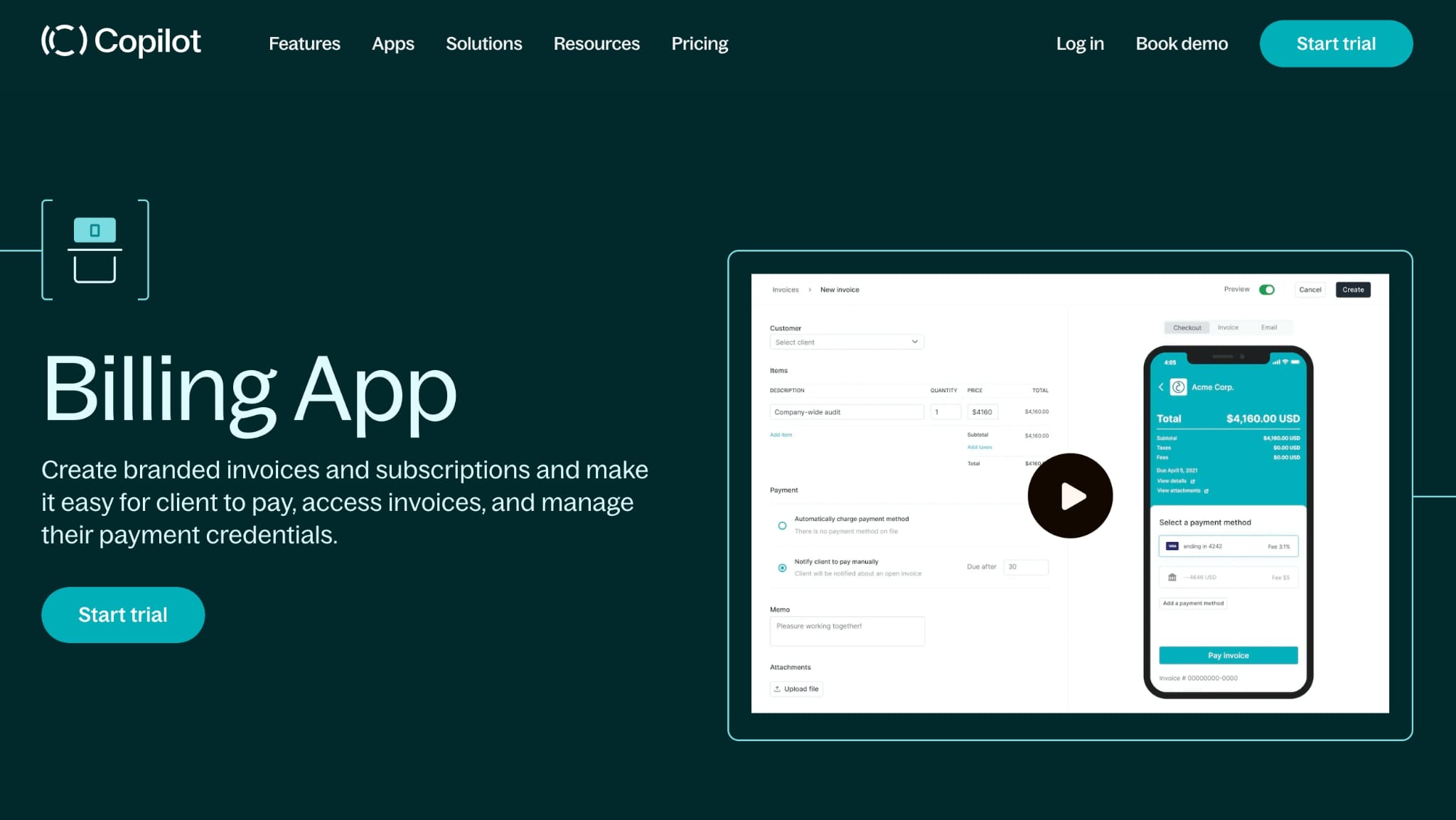
From invoicing to branding, communications, automation, notifications, and security features, the portal or app you use should make life easier for both you and your clients. That’s why we created Copilot: to remove friction from the process of delivering excellence.
Track projects, schedule workflow, and invoice on time with Copilot’s intuitive dashboards and automation tools.
If you’re ready to take your agency to the next level, be sure to sign up for a free trial today and enjoy an optimized, effortless provider-client relationship.
Share this post
Sign up for our newsletter
Subscribe to our newsletter to receive emails about important announcements, product updates, and guides relevant to your industry.
